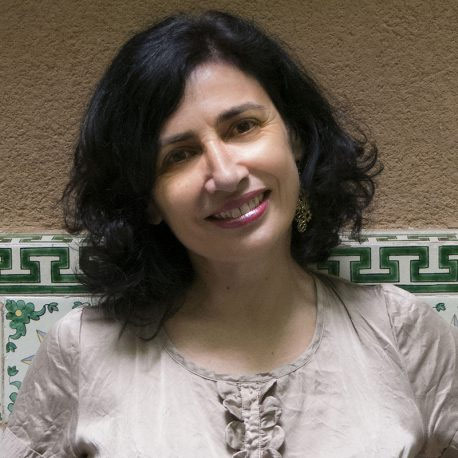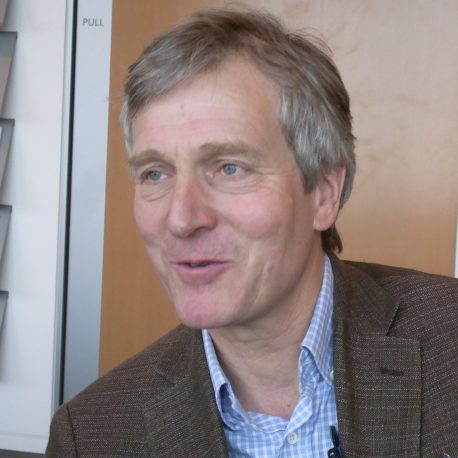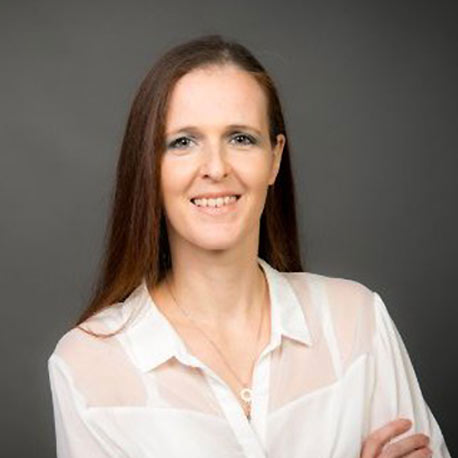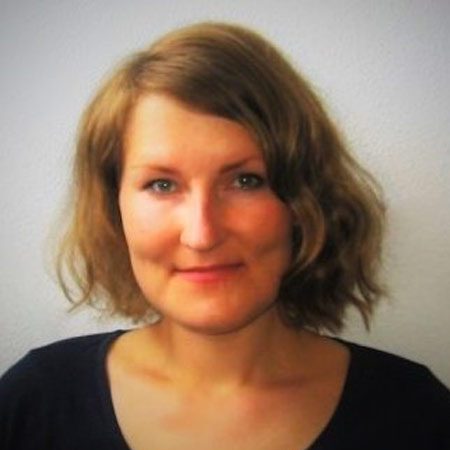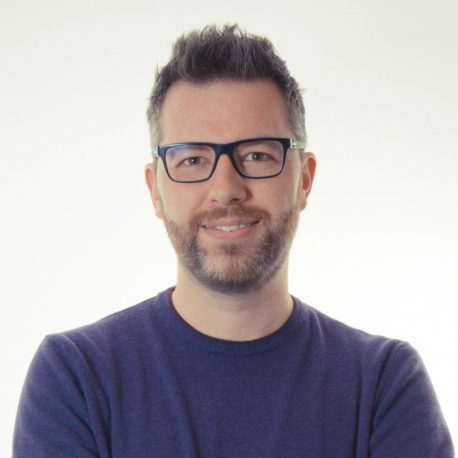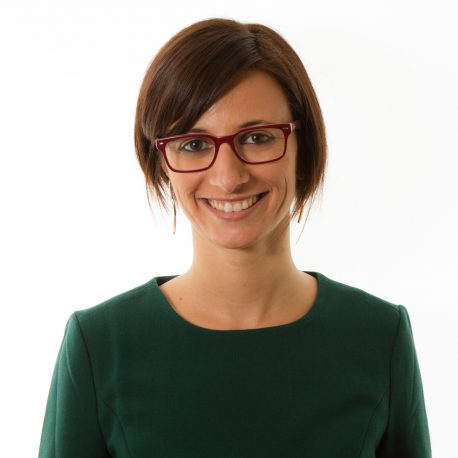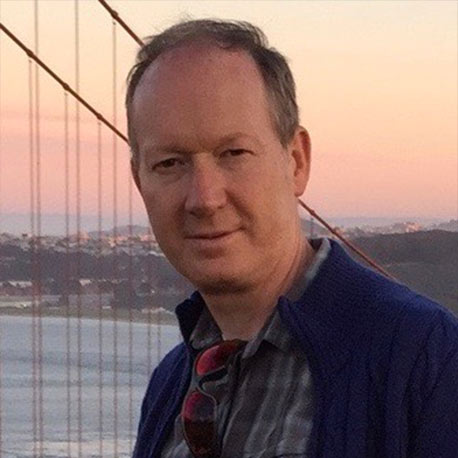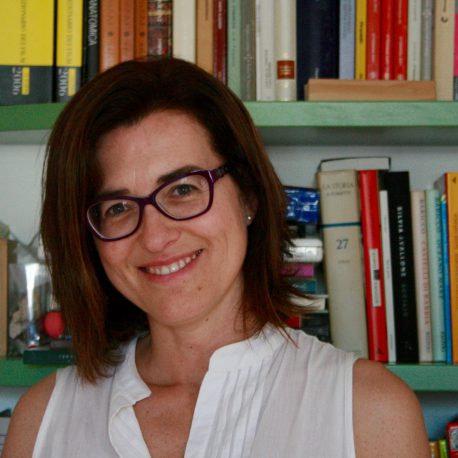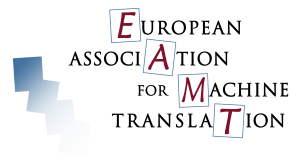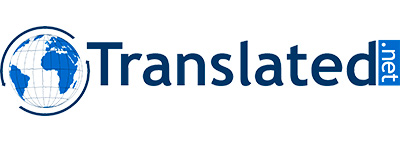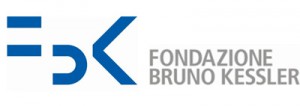
School of Advanced Technologies for Translators
Friday 9 and Saturday 10 September 2016 - Trento (Italy)
The school will teach on the first day the basics of state-of-the-art machine translation technology, as well as the relevant aspects related to its application to post-editing, from the educational, professional and industrial perspectives.
On the second day, participants will be able to attend a certification course of the MateCat tool.
Keep up to date with the latest trends
To translation students and professionals, language service providers, as well as teachers involved in translators’ training.
The aim of the school is to reduce the gap between professional translators and current/future trends in the translation industry, which include machine translation and post-editing technologies. Our long-term plan is to establish a yearly reference venue for translators and language service providers who want to be updated on the newest technologies and trends.
Speakers
Program
Translation technology and the translation industry
| Time | Session | Speaker(s) |
|---|---|---|
| 8:40 - 9:00 | Registration | |
| 9:00 - 9:10 | Welcome and presentation of the school | |
| 9:10 - 10:00 | Invited lecture: Training translators to technology In the last ten years, machine translation (MT) and the post-editing of raw output have been introduced as part of the standard translation portfolio in most localisation agencies in the world. Ana Guerberof will discuss how some universities prepare future translators for the new needs of the market, how students and translators have adapted to the use of MT, as well as the most recent research outcomes on how the implementation of MT in the translation chain impacts this field. | Ana Guerberof |
| 10:00 - 10:50 | Lecture: Introduction to Machine Translation We will introduce the key principles behind MT and the major milestones in its history. We will present the basic architecture of statistical MT systems, prioritising those phases of the MT workflow during which the human translator’s ability to intervene is greatest. | Marcello Federico |
| 10:50 - 11:20 | Coffee Break | |
| 11:20 - 11:50 | Demonstration: Machine Translation in use Participants will learn how to build a statistical MT engine. In particular, the ModernMT system architecture will be introduced, whose distinguishing features make it particularly useful to be integrated in a CAT framework, namely its capability to adapt in real time to the document to be translated, and quickly learn from data provided by the users, such as translation memories and post-edited data. | Marcello Federico |
| 11:50 - 12:40 | Lecture: Evaluation of Machine Translation quality Evaluation of machine translation is crucial in order to understand the potential as well as the limitations of this technology to be used in the translation workflow. We will present both standard human evaluation methods and state-of-the-art automatic evaluation metrics, focusing on the role of human translators in evaluating MT output and in interpreting automatic metrics. | Luisa Bentivogli |
| 12:40 - 13:10 | Demonstration: Evaluation in use Participants will learn about the TAUS best practices for Full and Light Post-Editing and how to use TAUS Dynamic Quality Framework (DQF) to measure and benchmark translation and post-editing productivity and to evaluate and benchmark (MT) translation quality. | Dace Dzeguze |
| 13:10 - 14:30 | Lunch | |
| 14:30 - 15:20 | Invited Lecture: The translation technology landscape Jaap van der Meer will offer a big picture of the translation technology landscape from an industrial perspective. He will overview the evolution of translation automation over the past years and outline the business conditions that are influencing the impact of MT technology in the translation industry. | Jaap van der Meer |
| 15:20 - 15:40 | Industry Use Case: eBay With buyers coming from 190 countries worldwide and huge volumes of content requiring localization, MT is mission critical at eBay for promoting cross-border trade, connecting buyers and sellers and increasing the revenue. In her presentation, Rebecca Bartolozzi will outline the uses of MT at eBay, the challenges that come with it and what can be done in order to improve the MT engine’s performance. | Rebecca Bartolozzi |
| 15:40 - 16:00 | Industry Use Case: Welocalize In the localization industry, Welocalize is known as an innovator and leading LSP in the MT field. The company’s weMT and language technology programs solve real customer challenges everyday — enabling real return on content investments and extending beyond providing tools for automated translation of words. In her presentation, Tanja Schmidt will give a short overview of how MT is approached at Welocalize. | Tanja Schmidt |
| 16:00 - 16:30 | Coffee Break | |
| 16:30 - 17:00 | Open Discussion | |
| 17:00 - 17:10 | Conclusion |
MateCat Course + certification
| Time | Session | Speaker(s) |
|---|---|---|
| 09:00 - 11:00 | Overview of the main CAT tools available and introduction to MateCat After an overview of the main CAT tools available in the translation field, we will present MateCat, the CAT tool used in the Lab. MateCat, which is an open-source and freely available tool, provides translators with a professional work environment, integrating translation memories, glossaries, concordancers, and machine translation, as well as revising and QA features and basic project management functions. The tool is currently used by over 15,000 professionals in 78 countries translating in 908 language pairs. | Alessandro Cattelan |
| 11:00 - 11:30 | Coffee Break | |
| 11:30 - 13:00 | MateCat Lab: Project Management Participants will learn how project managers use MateCat to manage hundreds of projects a day at Translated. We will present how to use the MateCat project management functions such as creating a new project, splitting the project in smaller jobs and assigning them to multiple translators, volume analysis, creating/adding a Private TM, adding a glossary, integrating an MT system. | Annalisa de Petra |
| 13:00 - 14:00 | Lunch | |
| 14:00 - 15:30 | MateCat Lab: Post-Editing and Data Analysis Participants will learn to use the MateCat editing interface, and to perform a number of analyses on post-edited data, ranging from translation consistency to post-editing statistics. | Alessandro Cattelan |
| 15:30 - 16:00 | Coffee break | |
| 16:00 - 16:30 | MateCat Certification Exam | |
| 16:30 - 17:30 | Discretionary further discussion |
About Trento
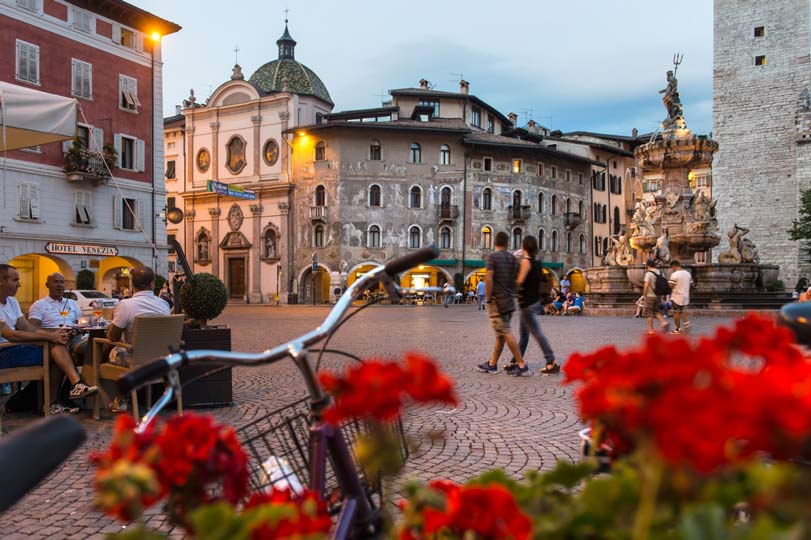
The Italian town of Trento (110,000 inhabitants), in Northern Italy, was recently voted the town with the highest quality of life in Italy. The charming town center and the natural beauty of the surrounding Alps can be reached quickly by even the hardest-working conference attendee.
Known as the “painted city”, Trento offers many beautiful buildings within its compact historical center. Some of these were built to accommodate delegates to the Council of Trent (1545–1563). Most of the historical center has little or no traffic. Even brief walks during breaks from the conference are enjoyable. Culinary delights ranging from a cone of Italian ice cream to a multicourse meal can be enjoyed indoors or outdoors.
For further information about attractions in Trento and Environs, visit the local tourist information center.
Travel information

Venue
The school will take place in the Scientific and Technological Hub of Fondazione Bruno Kessler

Transport
You can easily reach Trento by train or bus from Milano, Verona, Venezia, Munich and Innsbruck

Accommodation
FBK has a prior rate agreement with many hotels, where you can get a special rate
Fondazione Bruno Kessler
via Sommarive 18
Povo - Trento (Italy)

